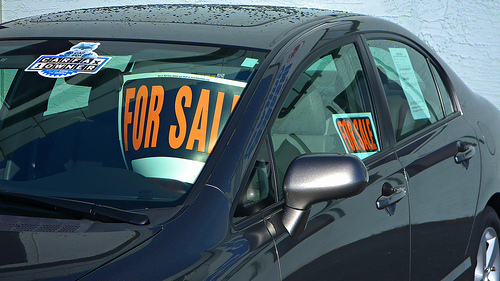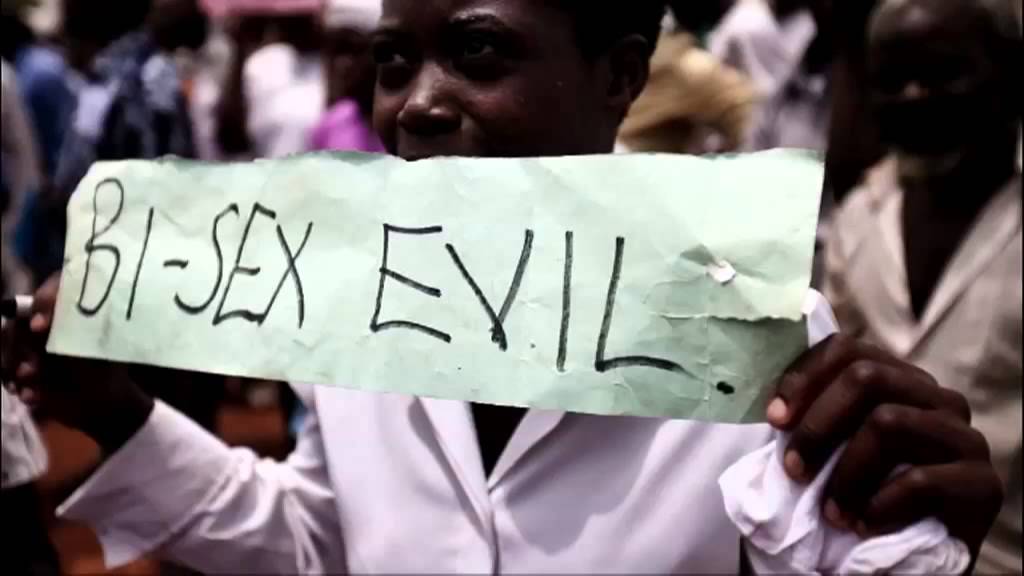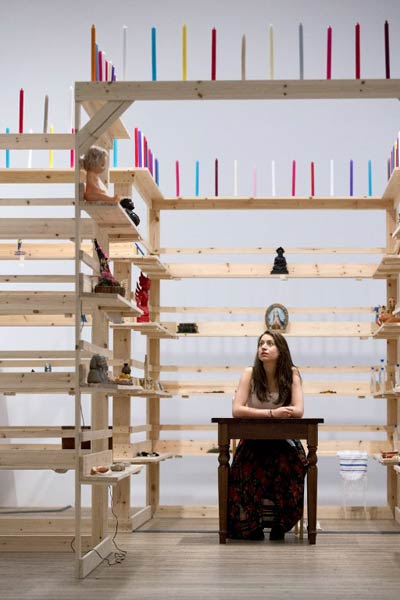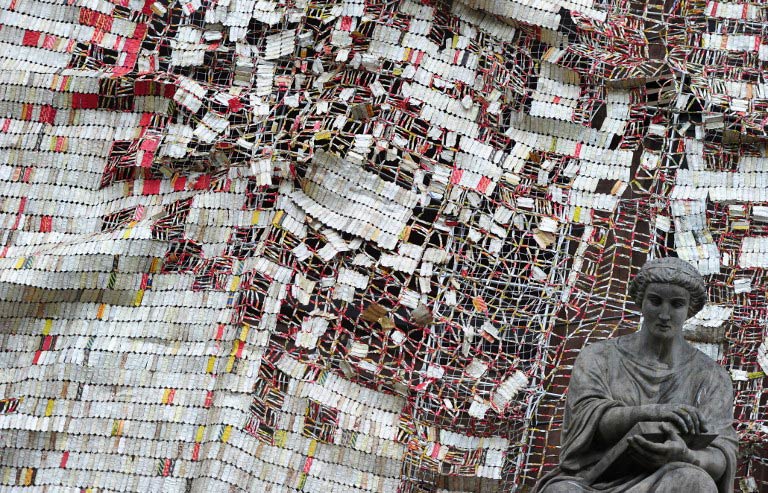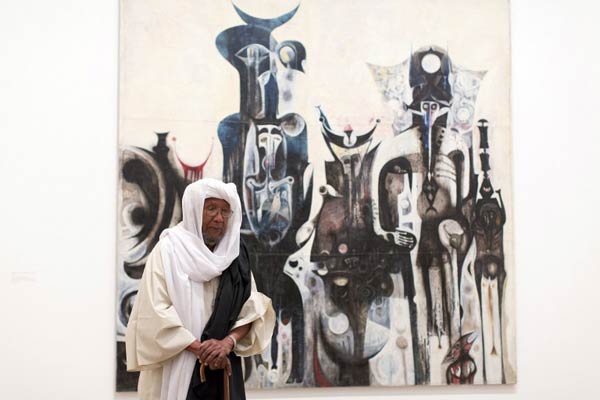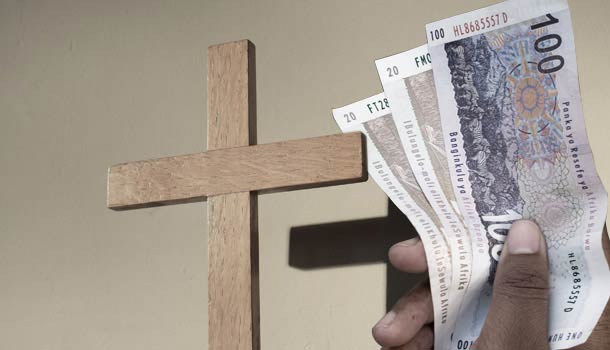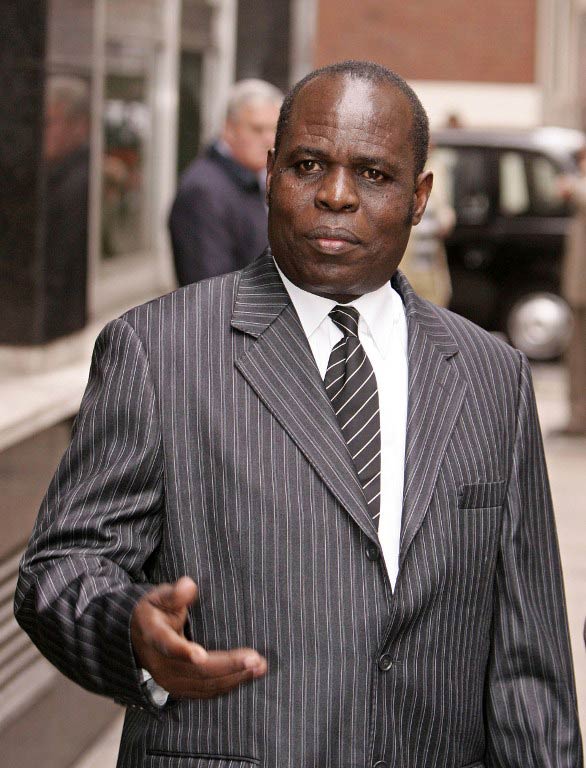There’s nothing like Ramadan in Sudan. To be more specific, from my personal experience, there’s nothing like Ramadan in my hometown of Khartoum.
This year marks my second Ramadan away from home and, like they say, you never really realise what you had until it’s gone. There are so many things that I miss, but I mostly miss the sense of solidarity that binds the people of my country during such a month.
I used to spend many hours of my fasting days in the streets of Khartoum. There is something majestic about how people carried themselves around; walking around the various streets, markets and bus stations, going about their daily business while bearing the grunt of the staggering heat of Sudan’s sun, trying to eke out a living in today’s harsh conditions.
It is not the lanterns and well-lit streets and alleys that make Ramadan so special, rather it is the scope of distinct practices and traditions that are ever so unique. It is the call for Maghreb prayer and the events that follow. It is the people gathering around the mosques minutes before the sun sets, some worshipping in silence while others converse about their families, the weather and politics. It is that first sip of cool water that quenches the thirst of a hardworking bus driver who spends his entire day driving a rundown vehicle with no air conditioning, and suffers blasts of hot air coming from a broken window. It is that group of volunteers who stop you in the middle of the road at the sound of the azaan (call to prayer) to offer you water and dates to break your fast.
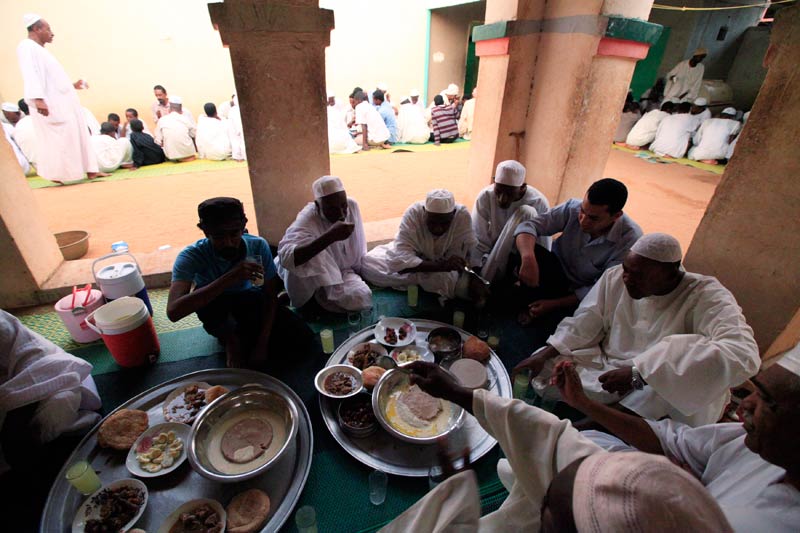
It is family. My grandmother, may she rest in peace, would light up at the sight of my sisters, mother and I entering her warm home just in time for Iftar (breaking of the fast). She would kiss each one of us and ask Allah to protect us. It is her blessings, her smile and the wisdom in her eyes. It is tasting the food made with love; the aseeda (porridge), mulaah (sauce) and delicious soup just before we set off for prayer and later on commence our first meal of the day. It is the sugary gongolez juice, helo mur (a drink made with sorghum and spices) and hibiscus poured into enormous glasses. It is the long Taraweeh prayers that I used to always struggle with on the first week of the month after stuffing my face like it’s the last day on earth.
So no, it is not the lanterns and well-lit streets and alleys that make Ramadan what it is in a place like Sudan, a place that lacks the kinds of festivities that other neighbouring countries have the privilege of exercising. It is the kind of love that is portrayed in the simplest of conduct, and in the crudest of times. It is the tie that binds.
Maha El-Sonasi for 500 Words Magazine, an independent online magazine about Sudan. It is an amalgamation of various thoughts and opinions on Sudanese society, culture and life, and provides a platform for discussion among Sudanese youth. Connect with 500 Words Magazine on Twitter and Facebook.
